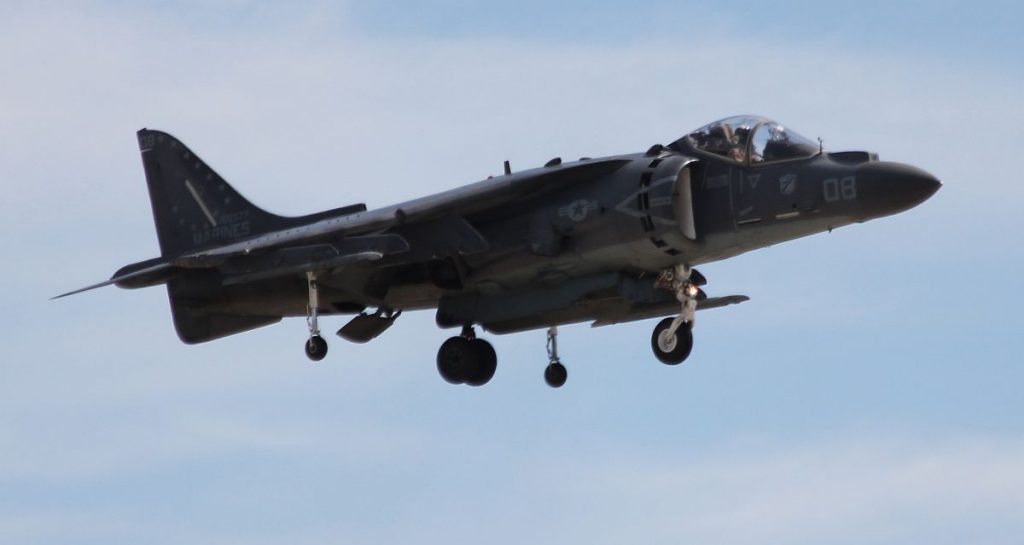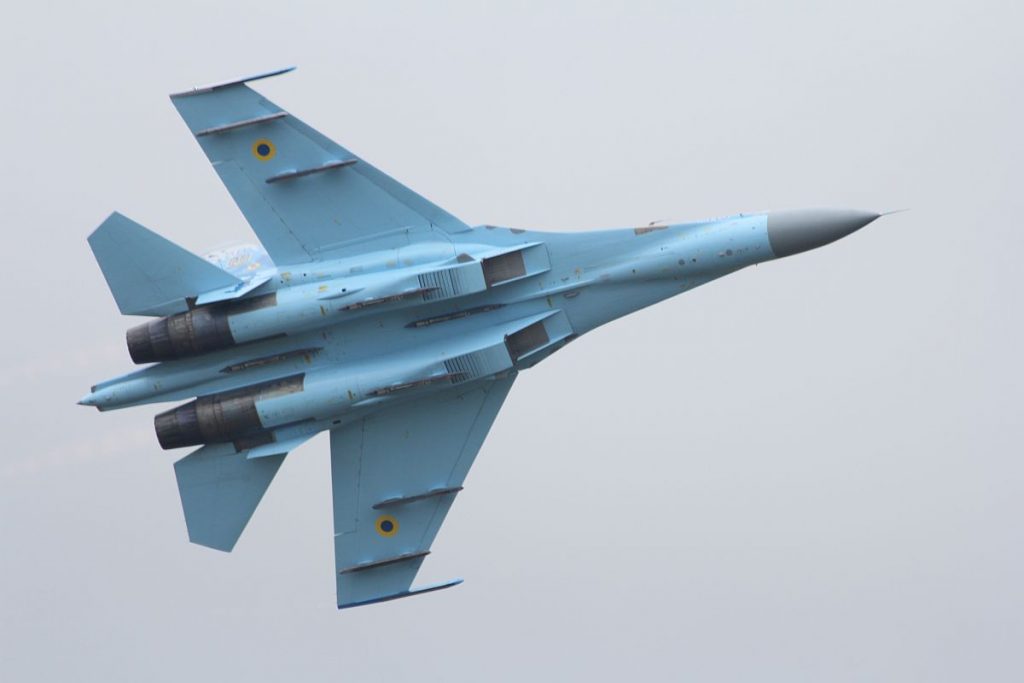All countries that build aircraft, name and number their aircraft following a standard set of guidelines. Client, user, and licensed nations use either their own names and numbers or a combination to denote military aircraft.
No standard system is used for naming US aircraft. Exceptions include helicopters of which many are named after Indian tribes: Kiowa, Apache, Iroquois, et cetera (but, then another helicopter is named after the Indian chief Black Hawk and yet another is named Cobra). Sometimes US aircraft share the names of former famous US aircraft and are identified by Roman numeral suffixes. The Thunderbolt II, Corsair II, and Phantom II are in this category. Some aircraft are not named and some tankers are examples of this practice.
The US uses standard letter-number designations which indicate the role of the aircraft and a series number. The letter A before the number denotes an attack aircraft, B for bomber, and C for cargo. The F-15 Eagle is a fighter (F) and 15 is the design number.
Some aircrafts and helicopters may have more roles/functions and therefore they have more than one letter, like the AV – 8 Harrier. A for Attack and V for Vertical.

A – Attack: A-10 Thunderbolt
B – Bomber: B-2 Spirit
C – Cargo: C-130 Hercules
E – Electronic (Countermeasures): EA-6 Prowler
F – Fighter: Fighting Falcon
H – Helicopter: CH-53 Sea Stallion
K – Tanker: KC-10 Extender
O – Observation: OH-58 Kiowa
P – Patrol: P-3 Orion
R – Reconnaissance: SR-71 Blackbird
S – Strategic, Scout, Submarine hunter: SH-2 Sea Sprite
T – Trainer: T-38 Talon
U – Utility: U-2 Dragon lady
V – Vertical: V-22 Osprey
X – Experimental: X-31
Y – Prototype: YF-22 (Later F-22 Raptor)
The CIS, for the most part, does not officially name their aircraft. There are exceptions to this rule, for example the shuttle-carrying An-225 Mriya, and some spacecraft.
NATO names for CIS aircraft are based on a system widely adopted by all NATO nations. Examples of NATO names for CIS aircraft are Backfire, Cub, Fulcrum, and Havoc. The first letter in the name designates the type aircraft: B for bomber, C for cargo, F for fighter, and H for helicopter.
Variations of the basic type are indicated by a letter suffix; for example, Flogger D, a ground-attack aircraft is different than the Flogger B, an interceptor. The Fitter C has movable wings as opposed to the Fitter A, which has fixed wings
B – Bomber: Backfire
C – Cargo: Cossack
F – Fighter: Flanker
H – Helicopter: Haze
M – Miscellaneous: Mermaid

Another thing is that the number of engines also play a part in the naming. Props are monosyllable, like Cub. Jets are words with two syllables, like Candid.
Here are some examples:
An-12 – Antonov: Cub
Il-76 – Ilyushin: Candid
Mi-8 – Mil: Hip
Mig-27 – Mikoyan-Gurevich: Flogger
Su-17 – Sukhoi: Fitter
Tu-22 – Tupolev: Blinder
Yak-28 – Yakovlev: Brewer

